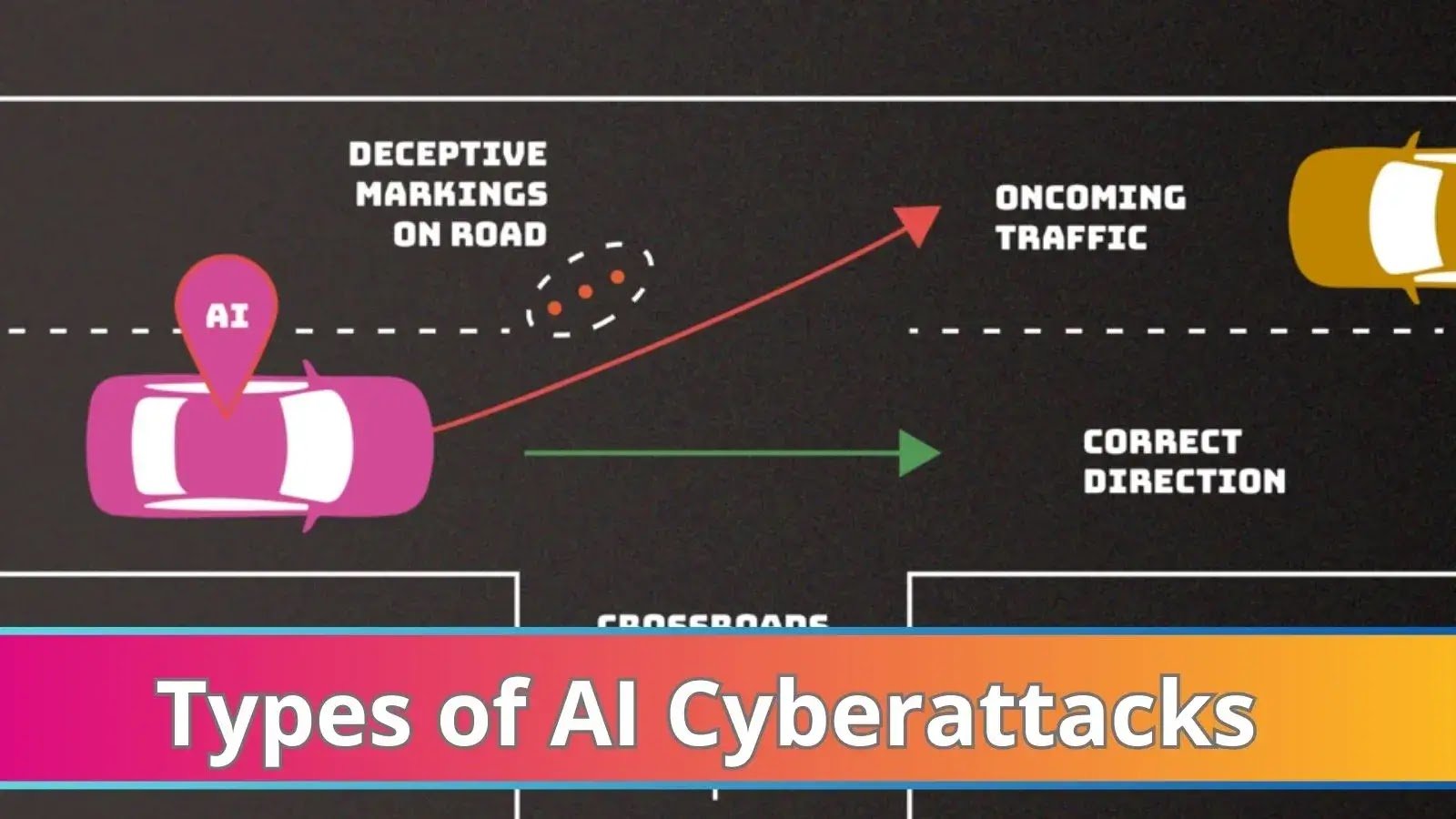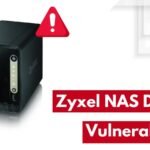Microsoft Defender for Endpoint Contained 120,000 & Saved 180,000 Devices From Cyberattack
Microsoft has achieved significant cybersecurity milestones in its fight against ransomware and advanced persistent threats, with its Defender for Endpoint platform successfully containing 120,000 compromised user accounts and protecting over 180,000 devices from cyberattacks in just the last six months.
This achievement comes amid a dramatic 275% increase in ransomware encounters over the past 18 months, demonstrating the escalating cyberthreat landscape facing organizations worldwide.
Advanced AI-Powered Threat Detection
Microsoft’s endpoint detection and response (EDR) capabilities have evolved to counter increasingly sophisticated multidomain cyberattacks that target organizational vulnerabilities across identity and device attack surfaces.
The company’s threat protection research teams report that Microsoft Defender for Endpoint now disrupts approximately 35,000 security incidents each month through its comprehensive platform.
The system processes more than 84 trillion signals daily across multiple data sources, including novel cyberattacks, malware, ransomware, and fraud attempts.
This massive data processing capability, combined with insights from 10,000 full-time security experts, enables early detection of emerging threat vectors that are immediately integrated into Microsoft’s detection and response systems.
The platform’s AI-powered approach has resulted in a 300% decrease in the likelihood of successful encryption attacks against Microsoft Defender for Endpoint customers over the past 18 months.
Automatic Attack Disruption Technology
Microsoft’s proprietary automatic attack disruption capability represents an industry-first, always-on security response system exclusive to the Microsoft Defender XDR platform.
This advanced machine learning-powered technology operates with above 99.99% confidence thresholds before initiating containment protocols, ensuring minimal false positives while maximizing threat neutralization effectiveness.
The system dynamically responds to in-progress, hands-on-keyboard attacks by isolating compromised entities and implementing lateral movement prevention measures.
Unlike traditional endpoint security solutions that rely on periodic malware scanning and endpoint-only signals, Microsoft’s approach utilizes cross-domain signals from endpoints, hybrid identities, applications, email systems, collaboration tools, cloud workloads, and third-party data sources to predict attacker behaviors and adapt responses accordingly.
This comprehensive approach enables the platform to halt ransomware attacks in an average of three minutes, significantly faster than conventional security solutions.
The technology can effectively counter advanced attack vectors, including business email compromise (BEC) and Adversary-in-the-Middle (AiTM) attacks, through its unified security operations platform integration.
A real-world demonstration of Microsoft Defender for Endpoint’s capabilities occurred in early 2024 when a multinational organization faced a sophisticated ransomware campaign targeting approximately 2,100 user devices and 1,000 servers.
The organization’s mixed endpoint security deployment featured Microsoft solutions on user devices and a competing EDR vendor on server infrastructure.
During the first attack wave, Microsoft’s automatic attack disruption activated within two minutes of threat detection, successfully preventing encryption of over 2,000 devices and maintaining protection for approximately three hours.
In the subsequent attack wave, Microsoft’s platform maintained its defensive posture, thwarting encryption attempts on more than 99% of protected devices. However, the cyberattackers successfully compromised 100% of the servers protected by the alternative vendor solution.
Following this incident, the organization migrated all server infrastructure to Microsoft Defender for Endpoint, demonstrating the platform’s superior protection capabilities across Windows, Linux, macOS, iOS, Android, and Internet of Things (IoT) devices.
This comprehensive endpoint protection approach ensures security operations centers (SOCs) maintain industry-leading threat protection across diverse technological environments in today’s rapidly evolving cyberthreat landscape.






